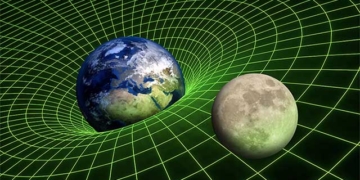In 1986, astronomers discovered the “Great Attractor,” located 200 million light-years away from us. It is powerful enough to influence tens of thousands of galaxies. What is it, and why is it so strong? What impact will it have on our galaxy?
In the world we live in, countless objects are constantly moving and changing, and in the universe, these movements and changes are even more intense and on a larger scale. The theory of universal gravitation tells us that the strength of gravitational force is generally related to the mass of celestial bodies.
Using the Earth-Moon system as an example, the mass of the Earth is greater than that of the Moon, which causes the Moon to be attracted by Earth’s gravitational pull and orbit around it. In the Solar System, the Sun’s mass dominates, making it the gravitational center around which Earth and other celestial bodies orbit. However, the Solar System is just a tiny part of the universe.
As humans continue to expand their exploration, we have discovered countless galaxies similar to the Solar System, collectively forming the Milky Way. Additionally, there is a supermassive black hole at the center of the Milky Way, which generates immense gravitational force, attracting countless galaxies similar to the Solar System to orbit around it. Nevertheless, the Milky Way is not the edge of the universe. On a larger scale, there are structures such as galaxy clusters and superclusters.
Therefore, in academic circles, celestial bodies influenced by the same gravitational force are often considered as a system for study. Recent research and observations have revealed a gravitational anomaly located at the center of the Laniakea Supercluster, which is predicted to be a massive gravitational source. This gravitational source is referred to as the “Great Attractor.”
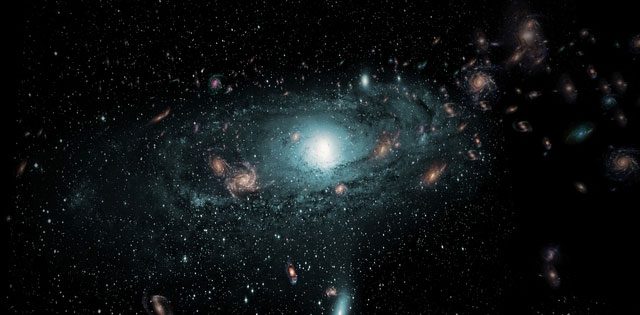
In the world we live in, countless objects are constantly moving.
When discussing the discovery of the Great Attractor, we must mention the history of human exploration of the universe. Early space exploration primarily relied on observation. When the Big Bang theory became the mainstream explanation for the universe’s origin, cosmic microwave background radiation, as a remnant of the Big Bang, became part of the “cosmic microwave background theory.”
According to this theory, microwave radiation is considered the oldest substance in the universe. By observing this microwave radiation, we hope to uncover secrets about the universe’s origins. However, for a long time, scientists’ research on cosmic microwave background radiation was limited to theoretical physics, and they lacked specific measurements of radiation.
It wasn’t until 1948, after numerous surveys and studies, that the temperature of our cosmic background radiation was determined to be 2.8 Kelvin. This discovery marked a significant advancement in human understanding of the universe. After the Big Bang, matter began to combine and change, forming various heat sources. These heat sources could guide us in exploring the mysteries of the universe.
Based on this foundational theory, when researchers mapped cosmic microwave radiation, they discovered that there was a slight temperature variation at both ends of the Milky Way, leading to speculation that our Milky Way is being pulled by some mysterious force.
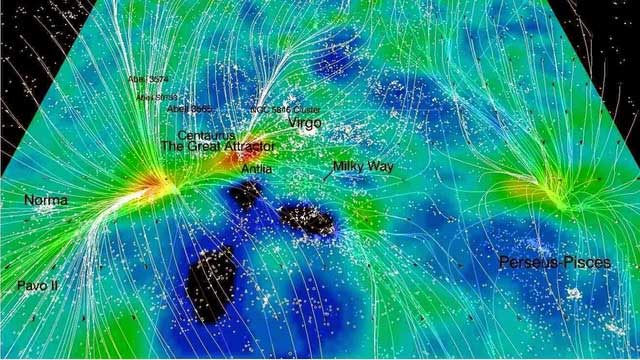
Laniakea Supercluster.
In the 1980s, while studying the redshift phenomenon of celestial bodies, scientists inadvertently discovered a large number of ancient galaxies in the direction of Centaurus and Hydra, which collided and released immense energy.
This discovery sparked speculation within the scientific community that there might be a very large gravitational source in this area. Surprisingly, this massive attractor lies in the same visual plane as the Milky Way’s disk, allowing scientists to conduct deeper studies in the subsequent years. However, due to multiple layers of obstructions, they were unable to peer into its mysteries.
By observing the movements of surrounding galaxies, scientists found that this gravitational anomaly is located about 150 to 250 million light-years from Earth, and the energy it emits affects surrounding galaxies within a range of hundreds of millions of light-years, causing them to be influenced.
It wasn’t until September 2014 that scientists achieved a breakthrough in their research on this massive gravitational pull by defining the centripetal velocity of galaxies. They discovered the Laniakea Supercluster, a colossal supercluster containing numerous galaxy clusters, estimated to comprise about 100,000 galaxies the size of the Milky Way. Its diameter is approximately 520 million light-years, meaning this massive gravitational force affects the movement of celestial bodies within a radius of 260 million light-years.
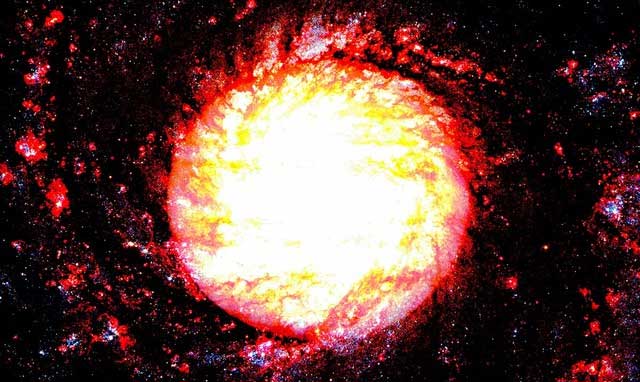
Such a massive energy source has sparked significant interest among scientists eager to understand what it is and why it has such immense power. These questions have become urgent topics of discussion within the astronomical community. Currently, the academic community has proposed several perspectives on the nature of these colossal sources.
Most scholars believe that this force is certainly not caused by a black hole or any other celestial body. Based on previous observations, we know that there are typically supermassive black holes at the centers of galaxies, such as Sagittarius A at the center of the Milky Way. The gravitational force it emits can influence the movement of entire galaxies.
However, this common phenomenon seems inadequate to explain the nature of the colossal gravitational pulls. Astronomical observations indicate that to create the movement of a large number of super galaxies with a collision range of 520 million light-years, the mass of the massive attractor must be at least 20,000 times the mass of the Milky Way. Such mass is certainly not something a black hole could achieve.
If a black hole cannot explain the massive gravitational pull, could it be gravitational force generated by a galaxy itself? According to observational results, there is a certain distance between the mass of the Magna galaxy cluster, believed to have the massive gravitational pull, and the mass that this gravitational pull should have. Therefore, the gravitational force of the Magna Cluster is certainly not the origin of the massive attraction. So which galaxy cluster could possess such energy?
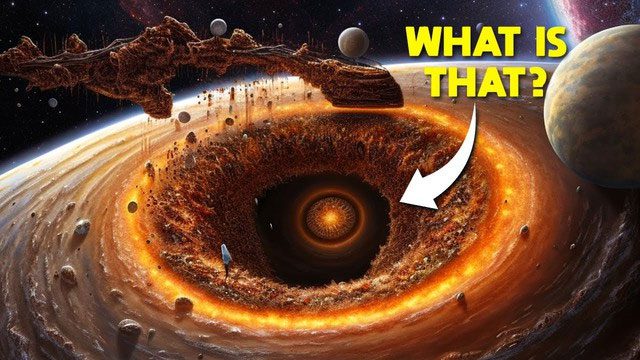
The diameter of this galaxy cluster could reach approximately 4 billion light-years. (Illustrative image).
Based on the movement indicators in surrounding galaxy clusters, the Sharpe Supercluster, located about 650 million light-years away, may possess such strong gravitational force. It is speculated that the diameter of this galaxy cluster could reach approximately 4 billion light-years, and such a massive galaxy could potentially create a colossal gravitational pull.
Although it is uncertain whether it has a mass 20,000 times that of the Milky Way, the Sharpe Supercluster is widely regarded as the largest known gravitationally binding object capable of generating immense gravitational force.
However, it is essential to note that our current understanding of the origins of this massive gravitational pull is still very limited, and this remains a hypothesis. Despite the incredible power of the Great Attractor, it will not cause catastrophic effects on the overall functioning and stability of the universe. This is because galaxies and structures in the universe were formed during the universe’s evolutionary process and have a relatively balanced adaptation to the existence of this massive gravitational pull. When the Great Attractor exerts its influence, it also adheres to the physical laws of the universe and the balance of forces. While we may not yet understand the nature of the massive attractor, with advancements in technology and expanded observational perspectives, one day we will uncover its mysteries.
- Discovery of a 100-year-old shipwreck at the bottom of the second-largest lake on the planet leaves people stunned
- You visit a friend’s house and discover “mountains of gold and silver worth over 10 billion”: Before you can rejoice, a long-standing friendship has been strained!
- This is the reason why birds do not have teeth



















































